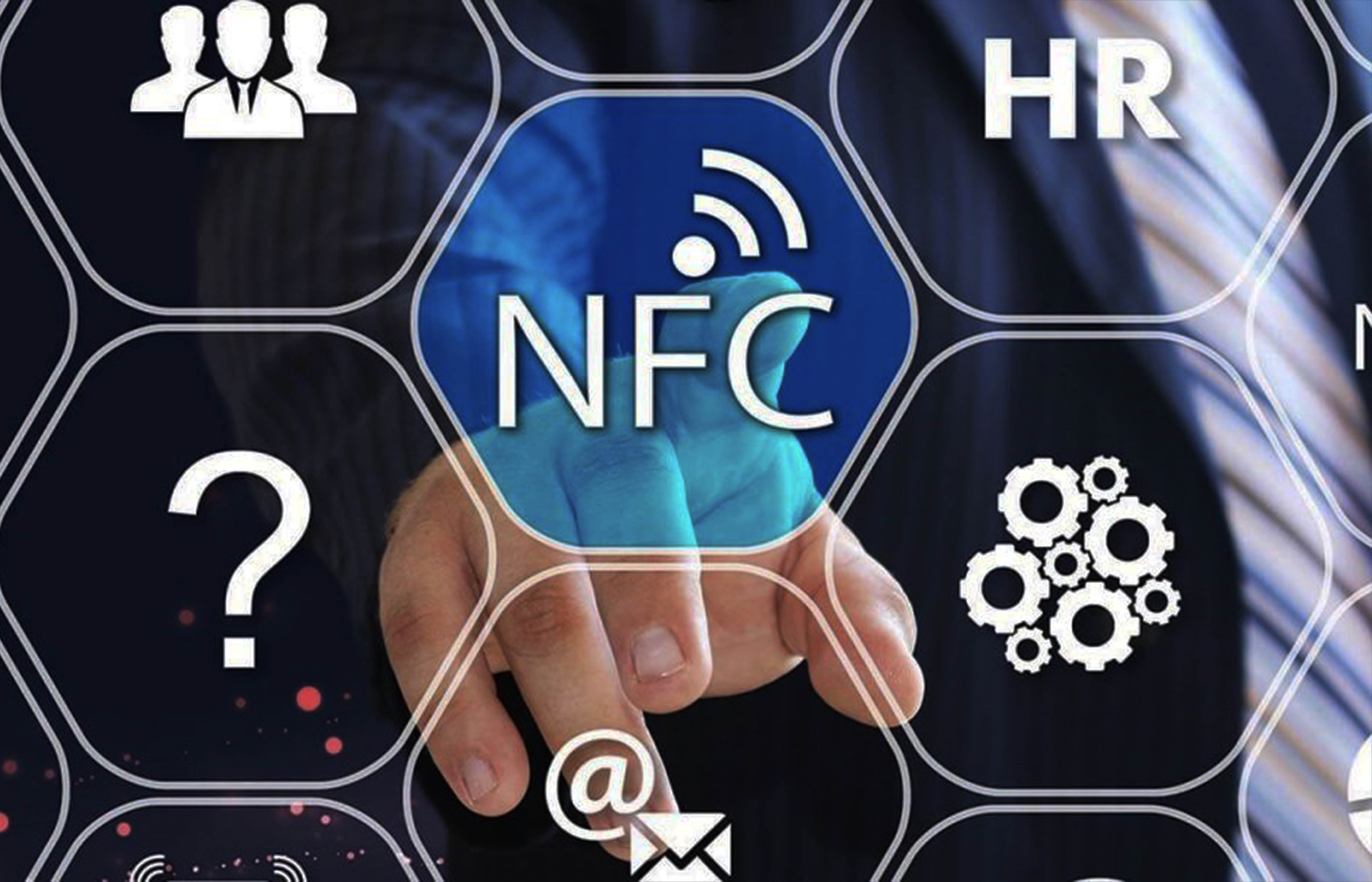info@systechzone.com
00962799499948
Demystifying NFC: A Look at the Technology Powering Contactless Connections
Imagine tapping your phone against a poster and instantly being directed to a website, sharing contact information with a business card-less colleague, or paying for your coffee without ever touching your wallet. This is the magic of Near Field Communication (NFC), a technology quietly revolutionizing the way we interact with the world around us.
What is NFC?
At its core, NFC is a short-range wireless technology enabling communication between two devices held within a few centimetres of each other. It operates using electromagnetic field induction, similar to how RFID tags work, but with the added ability for two-way data exchange. Think of it as a secure handshake between devices, whispering information back and forth without the need for messy cables or complex pairing processes.
A Brief History of NFC
The seeds of NFC were sown in the 1980s with the development of RFID technology. However, it wasn't until the late 1990s that NFC emerged as a distinct standard, spearheaded by Sony and Philips. Initially envisioned for simple data exchange and contactless payments, NFC's potential quickly blossomed, leading to its widespread adoption in various industries.
How Does NFC Work?
The magic of NFC lies in its simplicity. An NFC chip, embedded in your smartphone, credit card, or even a sticker, contains an antenna and a tiny microchip. When brought close to another NFC-enabled device, like a payment terminal or an NFC tag, a magnetic field is generated. This field powers the NFC chip, allowing data to be transmitted and received securely.
The Many Uses of NFC
NFC's versatility has fueled its rapid adoption across various sectors. Here are just a few of its many applications:
The Future of NFC
As NFC technology continues to evolve, its potential seems limitless. We can expect to see even more creative applications, such as:
Conclusion
NFC is more than just a technical marvel; it's a paradigm shift in how we interact with the world. Its simplicity, security, and versatility make it a powerful tool for enhancing convenience, efficiency, and even engagement. As NFC continues to permeate our daily lives, the possibilities are truly endless. So, the next time you see the NFC symbol, remember - it's not just a logo, it's a gateway to a world of contactless connections waiting to be explored.
 January 05, 2024 - BY Admin
January 05, 2024 - BY Admin